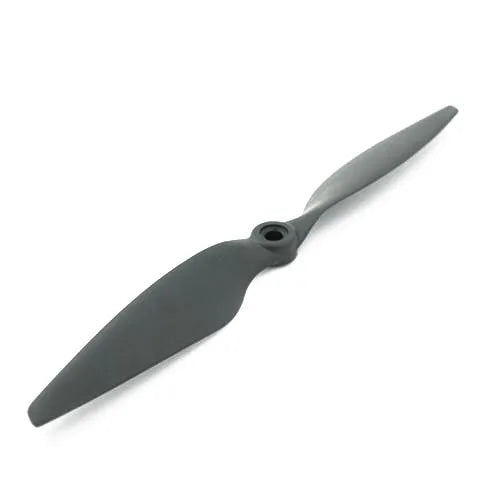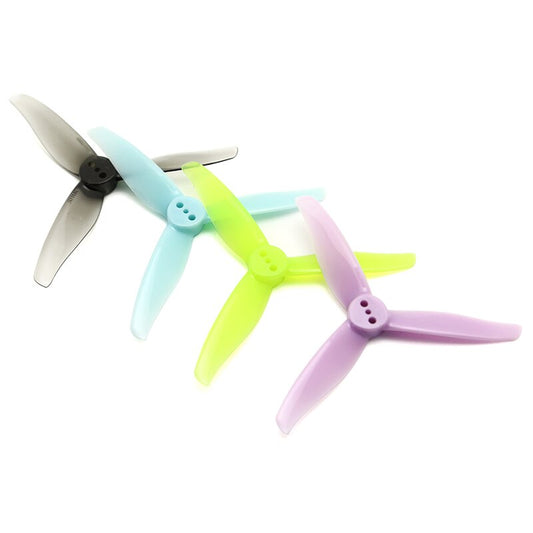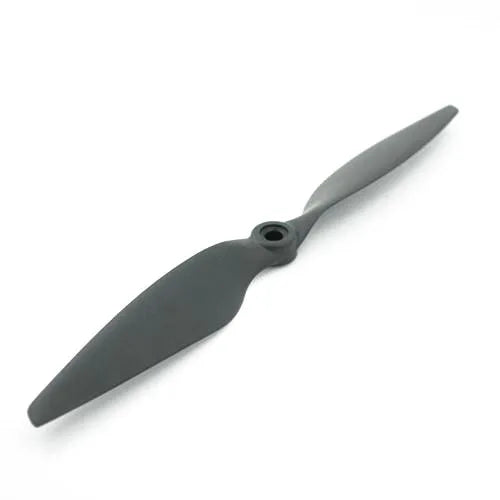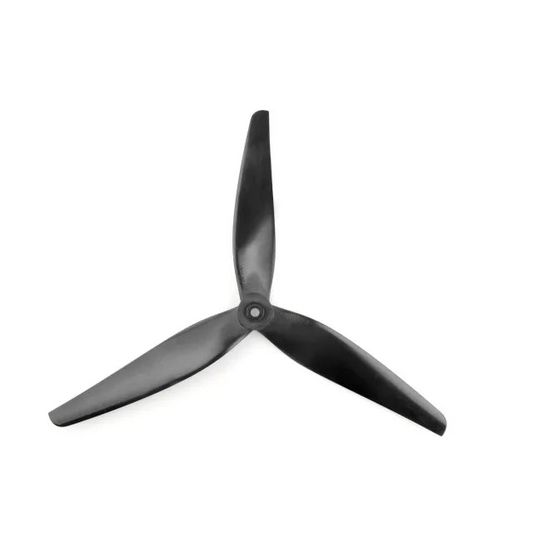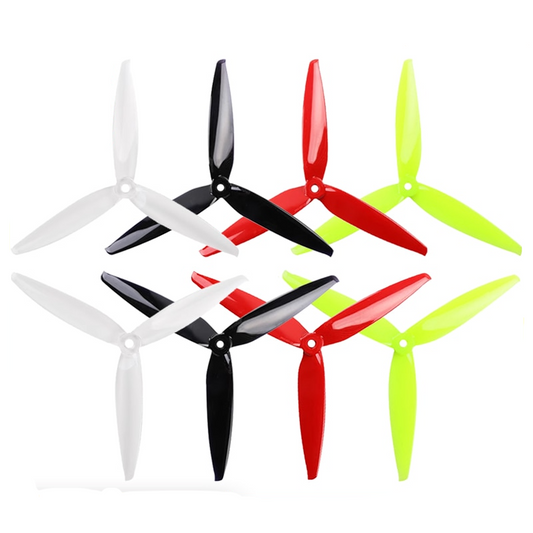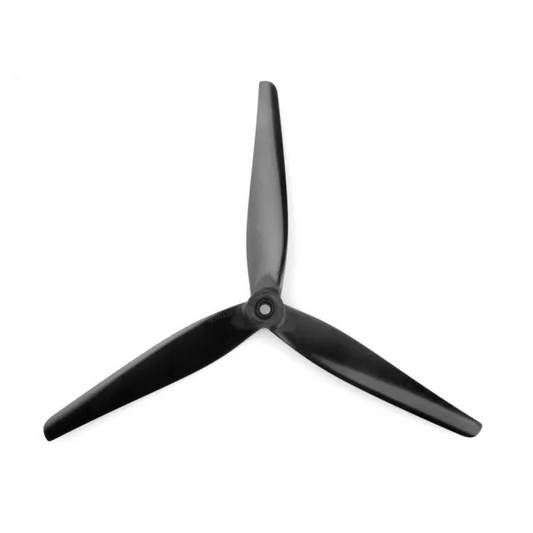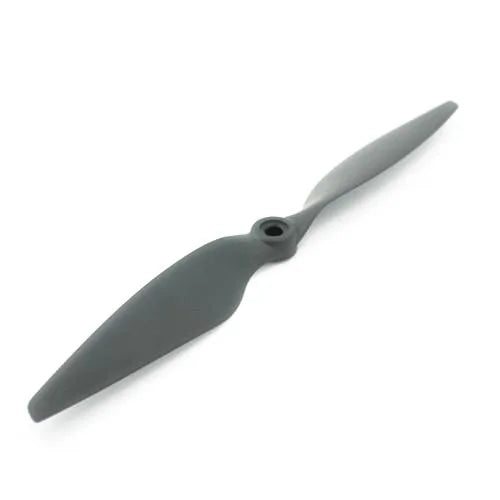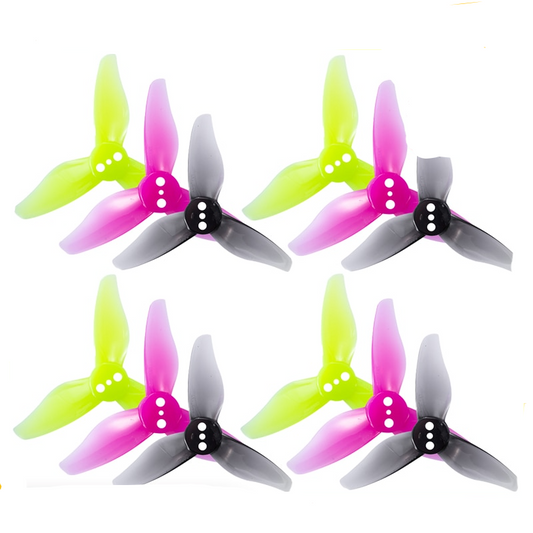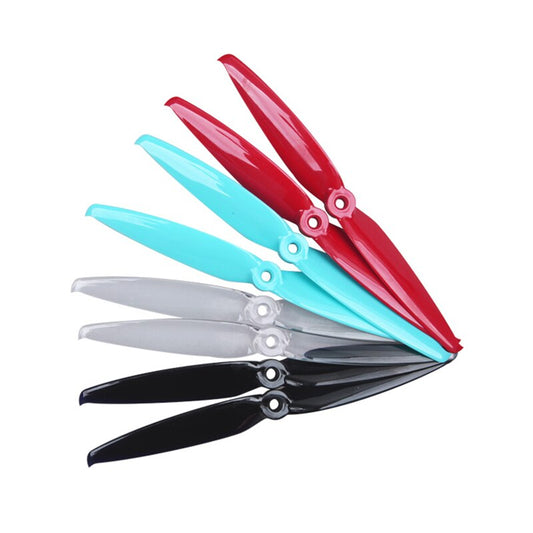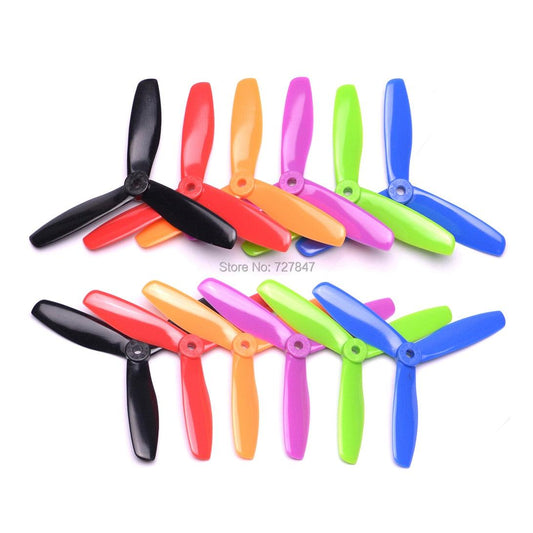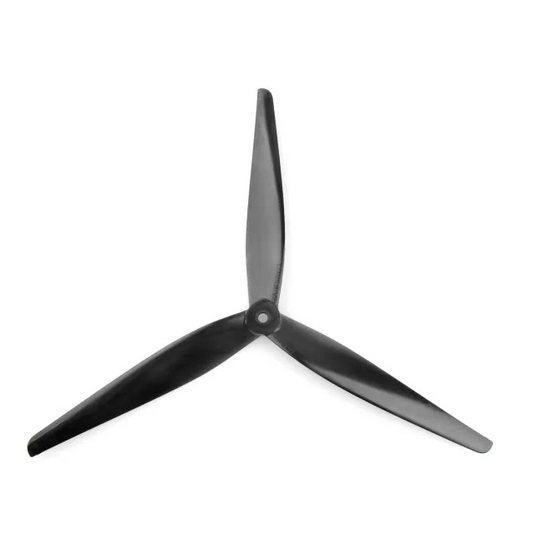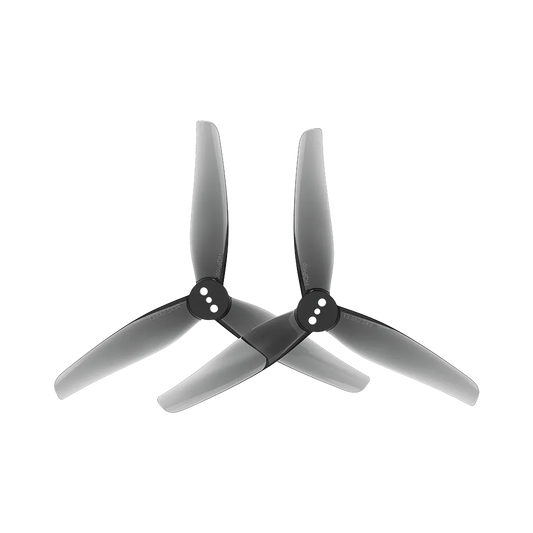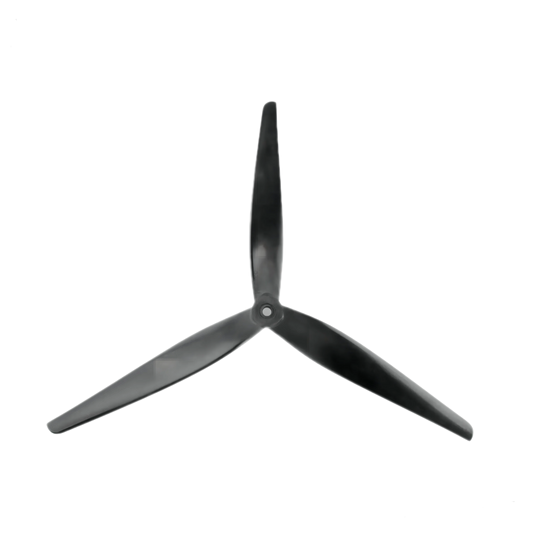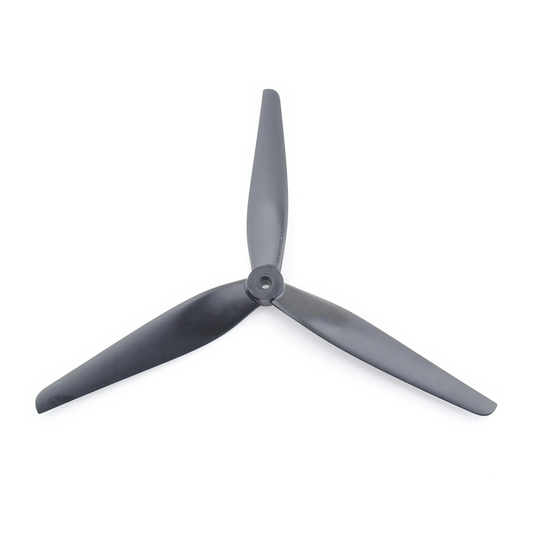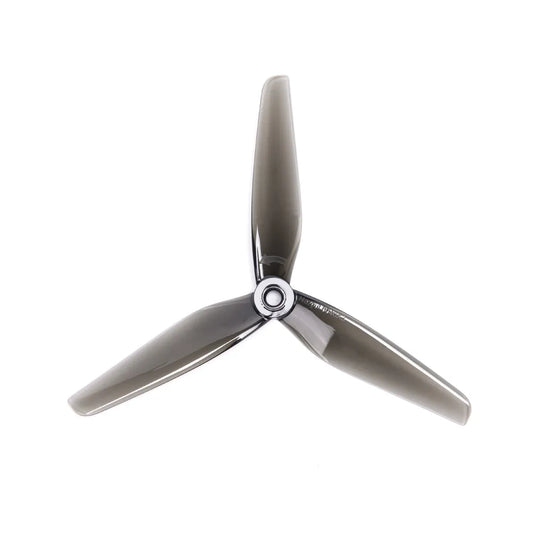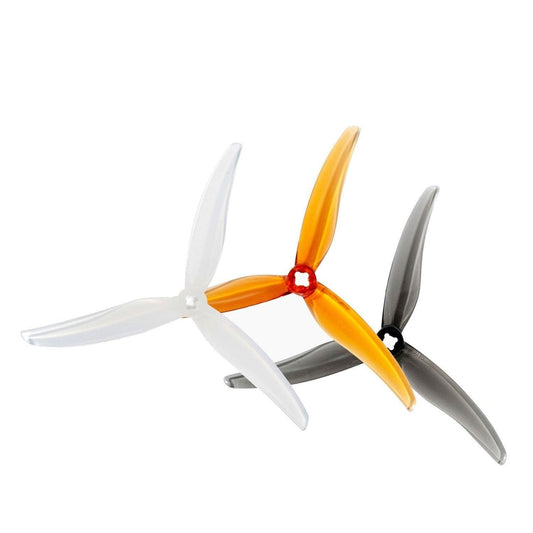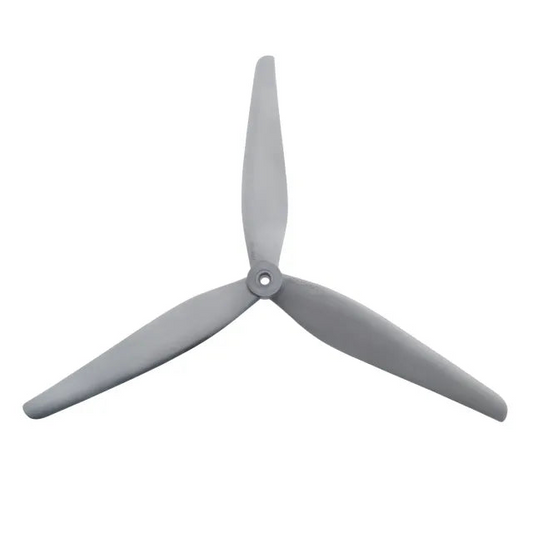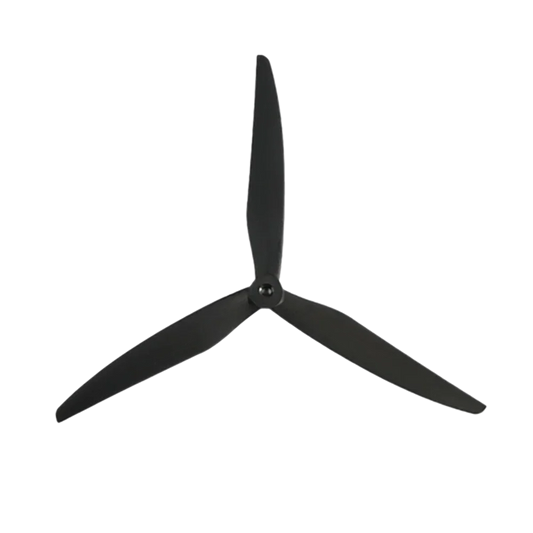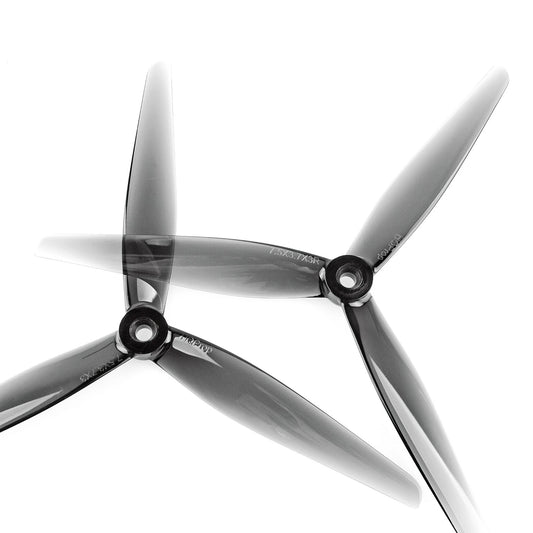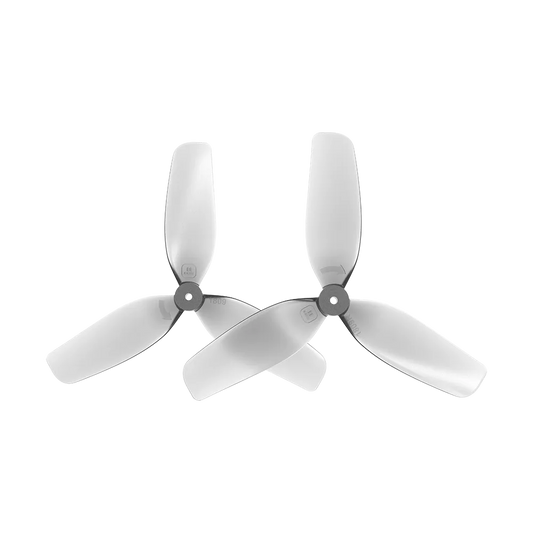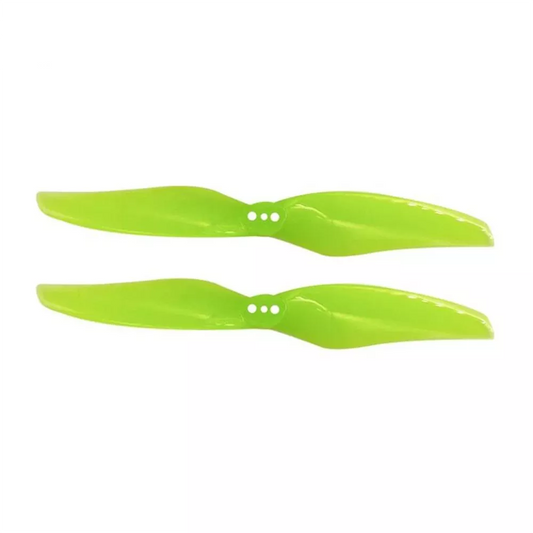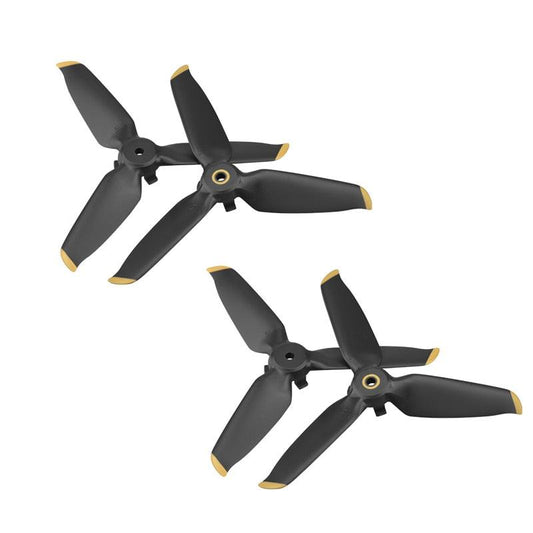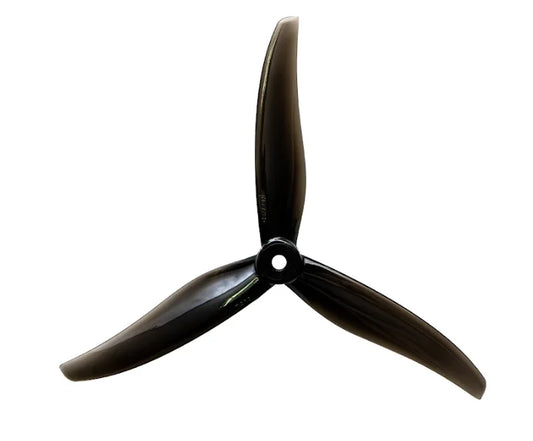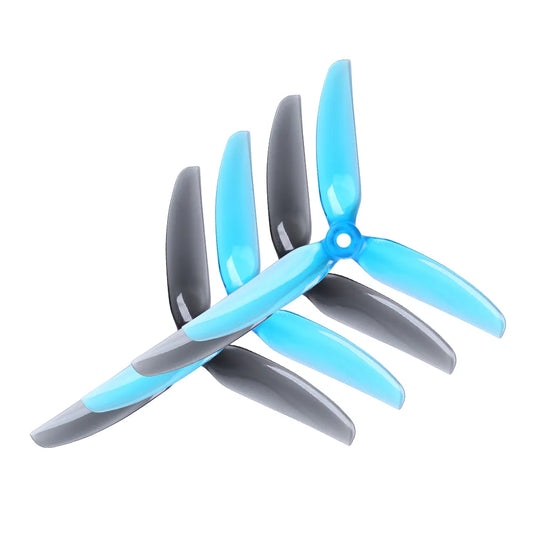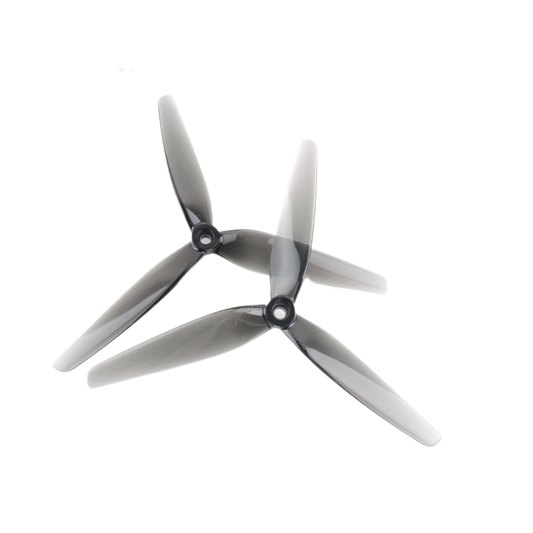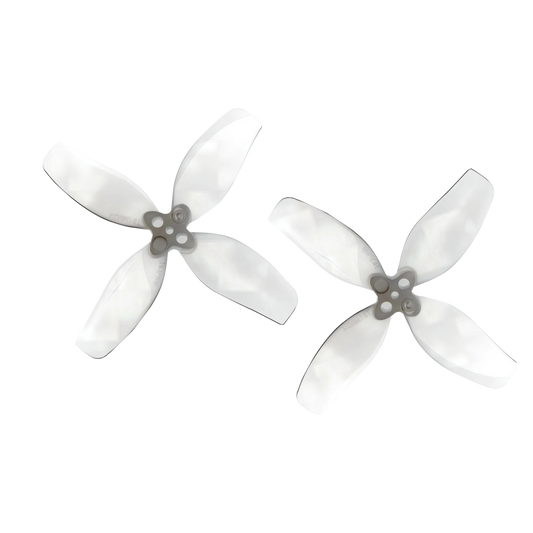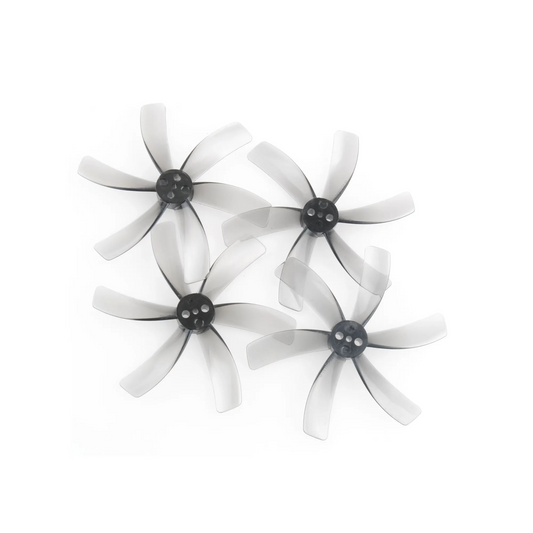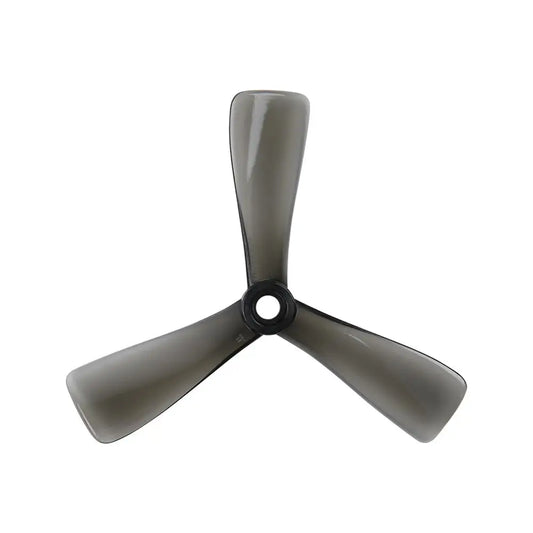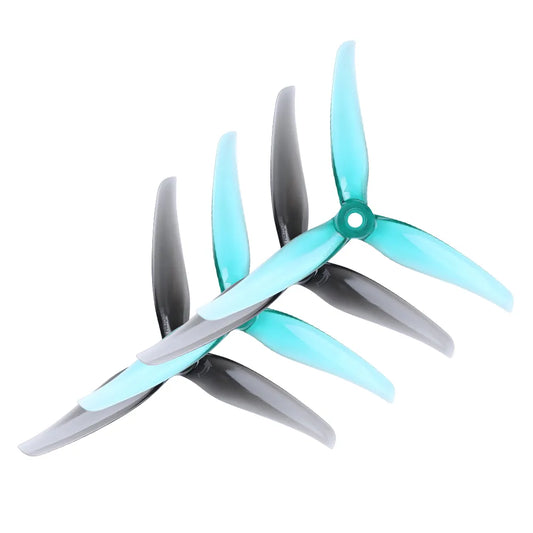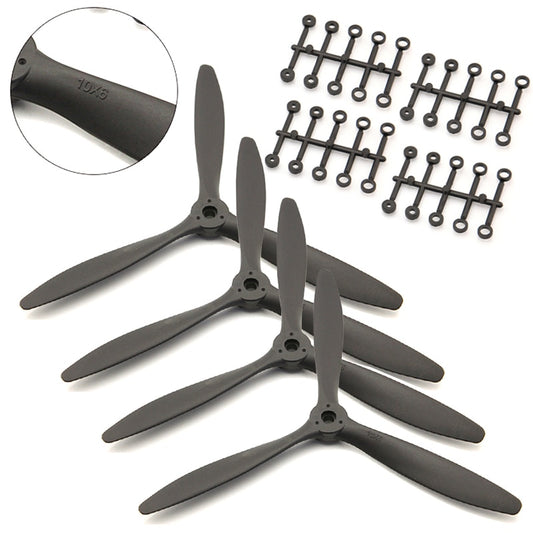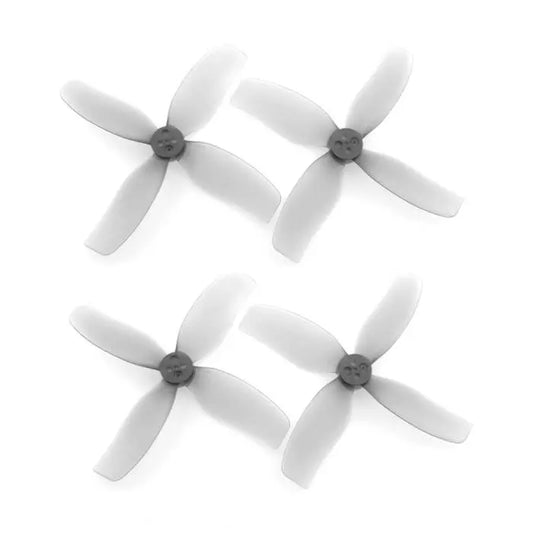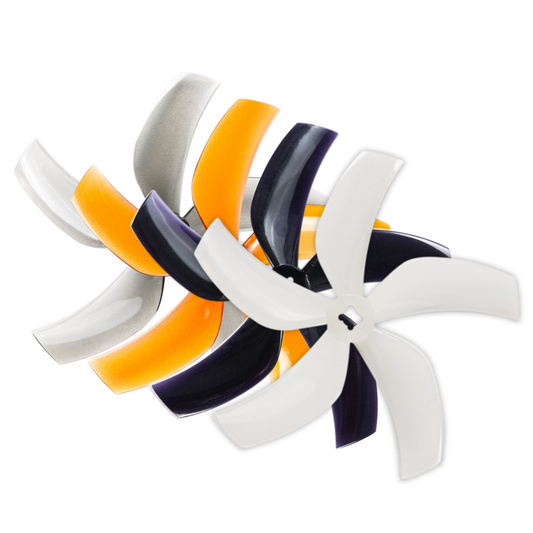-
HQProp 10X4.5R(CW/CCW) Prop - 10 inch 2 Blades Propeller Multi-Rotor Pusher Prop for FPV Drone
Regular price $5.00 USDRegular priceUnit price per -
6/12 Pairs Gemfan Hurricane 3016 Propeller - 3 Inch Blade 1.5mm Hole CW CCW Props FPV DarwinFPV Cinewhoop Racing Drone Quadcopter
Regular price From $11.91 USDRegular priceUnit price per -
HQProp 9X4.5R(CW/CCW) Propeller - HQ Multi-Rotor Pusher Prop 9 inch Propeller for FPV Drone
Regular price $5.00 USDRegular priceUnit price per -
HQProp HQ MacroQuad Prop 10X5X3(CW/CCW) Tri-blades Black-Glass Fiber Reinforced Nylon 10 inch propeller for FPV Drone
Regular price $6.90 USDRegular priceUnit price per -
2/6/12Pairs Gemfan Flash 7040 Propeller - 7inch 3-Blade 7X4X3 CW CCW Props For FPV RC Drone Racing Freestyle Long Range Quadcopter
Regular price From $9.95 USDRegular priceUnit price per -
HQProp HQ MacroQuad Prop 9X4.5X3R(CW/CCW) Black-Glass Fiber Reinforced Nylon 9 inch Propeller for FPV Drone
Regular price $6.90 USDRegular priceUnit price per -
HQProp HQ Pusher Prop 12x4.5R (CW/CCW) 12Inch Carbon fiber Composite Propeller for Multi-Rotor FPV Drone
Regular price $6.90 USDRegular priceUnit price per -
8/12/16Pairs GEMFAN 2023 2x2.3 3-Blade Propeller - 1.5mm PC Props For RC FPV 1105-1108 Brushless Motor Toothpick Drone Quadcopter
Regular price From $13.50 USDRegular priceUnit price per -
4/6 Pairs Gemfan Flash 7042 Propeller - 7X4.2 7inch PC 2-blade Props For RC FPV Freestyle Racing Drone Quadcopter Long Range
Regular price From $12.07 USDRegular priceUnit price per -
5045 3 blades Bullnose Propeller - 6 / 12 Pairs CW /CCW Propeller for 250 FPV Racing Quadcopter FPV Drone ZMR210 250
Regular price From $13.90 USDRegular priceUnit price per -
HQProp HQ X-Class Prop 13X9X3V2R(CW/CCW) 13Inch tri-blade Propeller Black-Carbon Reinforced Nylon for FPV Drone
Regular price $15.00 USDRegular priceUnit price per -
16pcs/8pairs HQ 3.5x2.5x3 3.5inch Tri-blade/3 blade Propeller prop for FPV part
Regular price $13.21 USDRegular priceUnit price per -
4pcs HQ Prop 13X9X3 V2 1309 13inch 3 blade/Tri-blade propeller prop for FPV
Regular price $47.73 USDRegular priceUnit price per -
4pcs/2pairs HQ 10x4.5x3 10inch CW CCW 3 blade/tri-blade Propeller - prop compatible with XL10 V6 frame for FPV parts
Regular price $25.74 USDRegular priceUnit price per -
20pcs/10pairs Nazgul 6x4x3 6040 6inch 3 blade/tri-blade Propeller prop for FPV Drone part
Regular price $24.43 USDRegular priceUnit price per -
Gemfan 5130 Propeller - Length Suitable For Crocodile5 Baby Series Drone 5inch For DIY RC FPV Replacement Accessories Parts
Regular price $19.18 USDRegular priceUnit price per -
Gemfan CL 8040 8X4X3 3-Blade 8inch Propeller - X-Class 8inch FPV CW CCW Props for LR8 X-Class FPV RC Cinelifter MAK4 Drones
Regular price $5.10 USDRegular priceUnit price per -
T-MOTOR T3140 FPV 3 inch propellers - 2 pairs / bag three Blade Propellers CW CCW prop
Regular price $8.26 USDRegular priceUnit price per -
HQProp HQ MacroQuad Prop 11X4.5X3(CW/CCW) 11 inch 3 Blade Propeller Black-Glass Fiber Reinforced Nylon for FPV Drone
Regular price $9.90 USDRegular priceUnit price per -
6pcs/3pairs GEMFAN 1050 10inch CW CCW 3 blade/tri-blade Propeller prop for FPV parts
Regular price $29.98 USDRegular priceUnit price per -
GEPRC HQProp 7.5X3.7X3 Propeller - 7.5Inch 3-blade 5mm Shaft Racing Propeller Poly RC FPV Freestyle 7inch Long Range Drones DIY Part
Regular price $10.66 USDRegular priceUnit price per -
20pcs/10pairs Defender 16 Prop Set 1809 1.8inch Tri-blade Propeller for FPV
Regular price $18.51 USDRegular priceUnit price per -
FLYWOO 4 Pairs Gemfan Hurricane 4024 2-blade 4 Inch PC Propeller for Explorer LR4 RC Drone FPV Racing
Regular price $7.87 USDRegular priceUnit price per -
4pcs Drone Propellers for DJI FPV Combo 5328S Props Blade Replacement Quick Release Wing Fan Spare for DJI FPV Combo Accessories
Regular price $14.42 USDRegular priceUnit price per -
HQProp T76MMX3 Propeller - 10.5mm Diameter Suitable CineLog30 Series Drone RC FPV Accessories Parts Quadcopter LongRange Drone
Regular price $19.41 USDRegular priceUnit price per -
HQProp T76MMX3 Propeller - 10.5mm Diameter Suitable CineLog30 Series Drone For RC FPV Quadcopter LongRange Freestyle Drone
Regular price $19.41 USDRegular priceUnit price per -
16pcs/8pairs GemFan 6032-3 6inch 3 blades / Tri-blades FPV Propeller props CW CCW for FPV part
Regular price $20.18 USDRegular priceUnit price per -
16pcs/8pairs High Quality HQ 5X4.3X3 5043 5inch 3blade/tri-blade propeller prop for FPV
Regular price $20.18 USDRegular priceUnit price per -
16pcs/8pairs HQ Prop 7X3.5X3 7035 7inch 3 blade/tri-blade Propeller prop for FPV
Regular price $18.28 USDRegular priceUnit price per -
16pcs/8pairs HQProp DT51MMX4GR 4-Blade propeller 2inch prop for FPV drone parts
Regular price $16.80 USDRegular priceUnit price per -
16pcs/8pairs HQProp T51MMx6 6-Blade propeller 2inch prop for FPV drone parts
Regular price $13.64 USDRegular priceUnit price per -
20pcs/10pairs iFlight Nazgul 3535 3.5inch Cine Tri-blade/3 blade Propeller prop with 5mm Mounting hole for FPV Protek35 part
Regular price $16.64 USDRegular priceUnit price per -
20pcs/10pairs iFlight Nazgul R5 V2 5.1inch 3 blade/tri-blade propeller prop for FPV Drone part
Regular price $18.51 USDRegular priceUnit price per -
1/2/4/10PCS Drone Propellers 8060 9060 1060 1170 Efficient 3 Blades CW Propeller Spinner 3-Blade Prop RC FPV Airplane Wholesale
Regular price From $13.58 USDRegular priceUnit price per -
2/4/8/16 Pairs HQ HQProp DT90 Duct-T90MMX3 Propeller - 90mm 3-Blade 1.5mm PC Prop For RC FPV Drone Cinelog35 CL35 ProTek35 3.5inch
Regular price From $10.34 USDRegular priceUnit price per -
Gemfan D90 90mm 5 Blade 3.5inch Propeller - 4 8 Pairs PC High Efficiency Mini FPV Cinewhoop Freestyle Toothpick RC Racing Drone
Regular price From $12.35 USDRegular priceUnit price per
